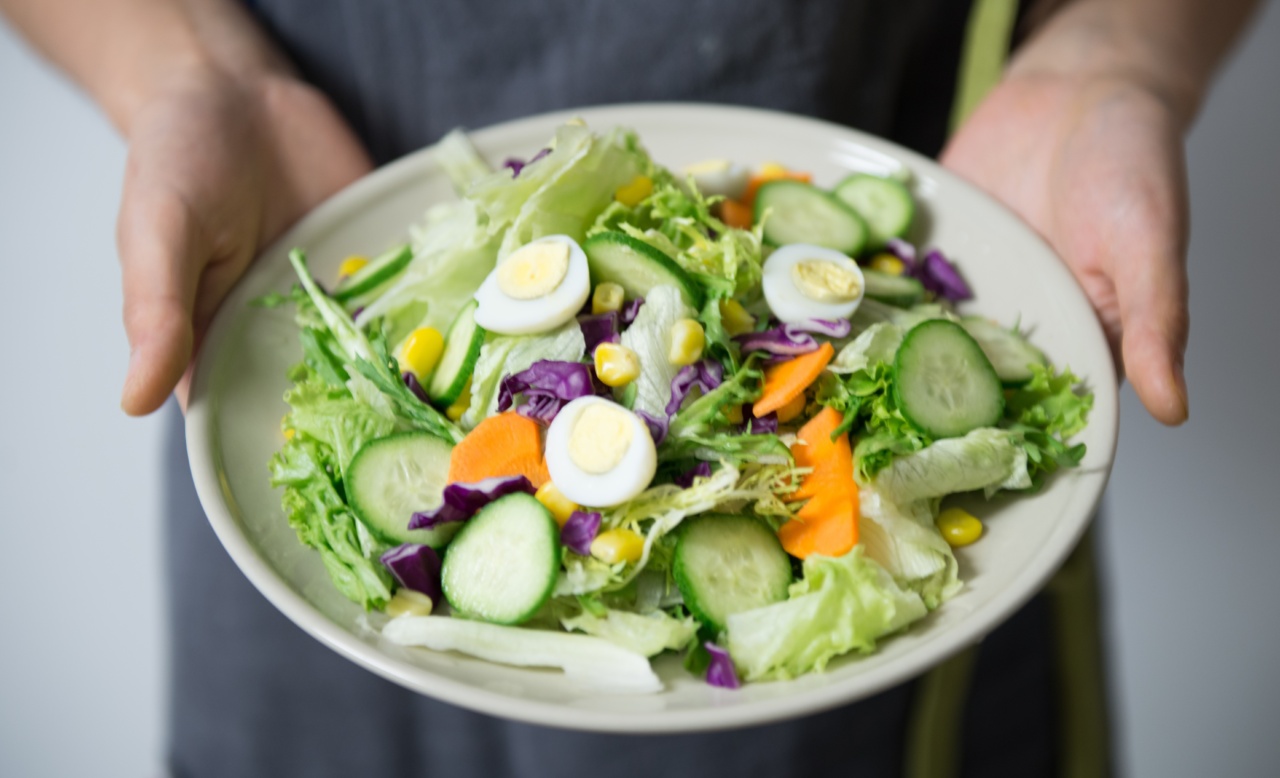Triglycerides are a type of fat that plays a crucial role in our body. They are present in our blood and provide energy to the body.
However, if their level goes beyond a certain limit, it may lead to serious health problems such as heart disease and stroke. To reduce the risk of such diseases, one must take care of their triglyceride levels and lower them if they are high. Diet plays a significant role in maintaining good health, and it is no different when it comes to reducing the triglyceride levels.
In this article, we will discuss some of the foods that one must include in their diet to lower triglycerides.
Whole Grains
Whole grains are an excellent source of fiber, and they help maintain a healthy digestive system. They are also effective in reducing triglyceride levels.
When you eat refined carbohydrates, it raises the sugar levels in your blood, which in turn spikes your triglyceride levels as well. Whole grains such as brown rice, oats, quinoa, and barley contain complex carbohydrates that take longer to break down, leading to a gradual rise in blood sugar and a reduction in triglycerides.
Another benefit of whole grains is that they make you feel fuller for a more extended period, reducing the chances of overeating and weight gain.
Fatty Fish
Fatty fish such as salmon, sardines, and tuna are packed with omega-3 fatty acids. These acids not only help reduce inflammation in the body but also lower triglyceride levels.
Studies have shown that consuming fish twice a week can reduce the risk of heart disease by 36%. If you are on a low-fat diet, you do not have to worry about consuming fatty fish as the benefits of omega-3s outweigh the calories.
Fruits and Vegetables
Fruits and vegetables are an excellent source of vitamins, minerals, and fiber. They contain antioxidants that help reduce inflammation, which is a contributing factor to high triglyceride levels.
Eating a variety of fruits and vegetables in different colors is the best way to ensure that you get enough nutrients. Leafy greens such as spinach and kale are rich in minerals and vitamins and are especially beneficial for heart health.
Berries such as blueberries and raspberries not only taste delicious but also contain antioxidants and fiber that help lower triglycerides.
Lean Proteins
Protein is essential for muscle building and repair. However, not all protein sources are created equal. Lean sources such as chicken, turkey, eggs, and legumes are a better option than red meat.
Red meat is high in saturated fats, which can raise triglyceride levels. Try consuming red meat in moderation and opt for lean cuts. Legumes such as lentils and chickpeas are also a good source of protein and are rich in fiber, making them an excellent addition to your diet.
Healthy Fats
Contrary to popular belief, not all fats are bad for health. Healthy fats such as monounsaturated and polyunsaturated fats are known to reduce the risk of heart disease. They work by reducing inflammation in the body and lowering triglycerides.
Foods such as avocado, nuts, seeds, and olive oil are good sources of healthy fats. However, it is essential to consume these fats in moderation as they are high in calories.
Avoid Sugary Foods and Beverages
High sugar intake can result in high triglyceride levels. Sugary foods such as cakes, cookies, and candies, should be avoided as they provide empty calories and do not provide any nutrients.
Soft drinks and other sugary beverages can also lead to an increase in triglycerides. Instead, opt for water or unsweetened beverages. If you have a sweet tooth, try consuming fruits such as berries or a small serving of dark chocolate, which has several health benefits.
Limit Alcohol Consumption
Excess alcohol consumption can result in high triglyceride levels. It is recommended that men consume no more than two drinks per day, while women should consume no more than one drink per day.
If you are struggling to limit alcohol consumption, try alternatives such as juices, mocktails, or herbal teas.
Exercise
Exercise is an essential component of a healthy lifestyle. It not only helps in maintaining weight but also reduces the risk of several diseases such as heart disease and diabetes. Exercise has also been shown to lower triglyceride levels.
Aim to exercise for at least 30 minutes a day, five days a week. You can choose any form of exercise such as jogging, swimming, or cycling, depending on your fitness level.
Hydrate
Drinking enough water is essential for overall health. It also helps in lowering triglyceride levels. Aim to drink at least eight glasses of water every day. You can also opt for herbal teas, coconut water, or other low-sugar beverages to stay hydrated.
Conclusion
Lowering triglyceride levels is crucial for maintaining good health. A diet that includes whole grains, fruits and vegetables, healthy fats, and lean protein can go a long way in reducing triglycerides.
Avoiding sugary foods and beverages, limiting alcohol consumption, exercising regularly, and hydration are also essential components of a healthy lifestyle.






























